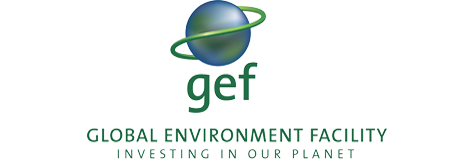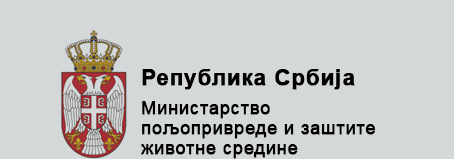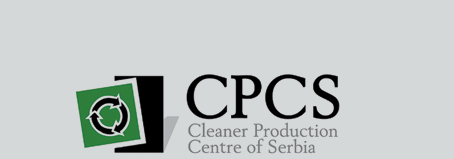By the initial Project work plan the quantity of 200 tons of PCB equipment and waste was foreseen for disposal within Output 4.5. As the result of activities within Outputs 3 and 4 the increased quantity of 317.2 tons of PCB waste and equipment was decontaminated and finally disposed.
Scenario A : 131,480 kg
Scenario B : 111,930 kg
Scenario C: 73,790 kg
TOTAL: 317,200 kg
Scenario A – Final disposal of “pure PCB” equipment (transformers and capacitors): Separation of oil from the transformer carcasses in Serbia, followed by export of “pure PCB oil” and capacitors for final destructive treatment and export of transformer carcasses for recycling of valuable materials (copper primarily);
Scenario B – Low PCB containing equipment/transformers decontaminated in Serbia to PCB concentration below 50 ppm and return to service;
Scenario C – Low PCB containing equipment/transformers decontaminated to PCB concentration in oil below 10 ppm, dismantling and recycling of valuable materials (copper primarily).
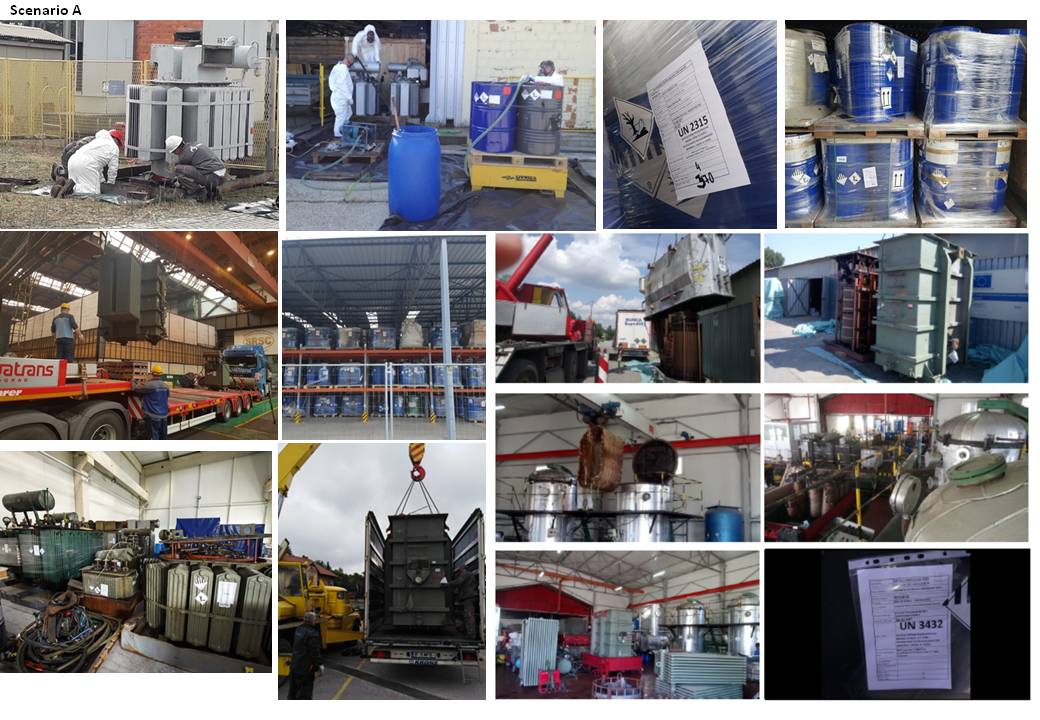
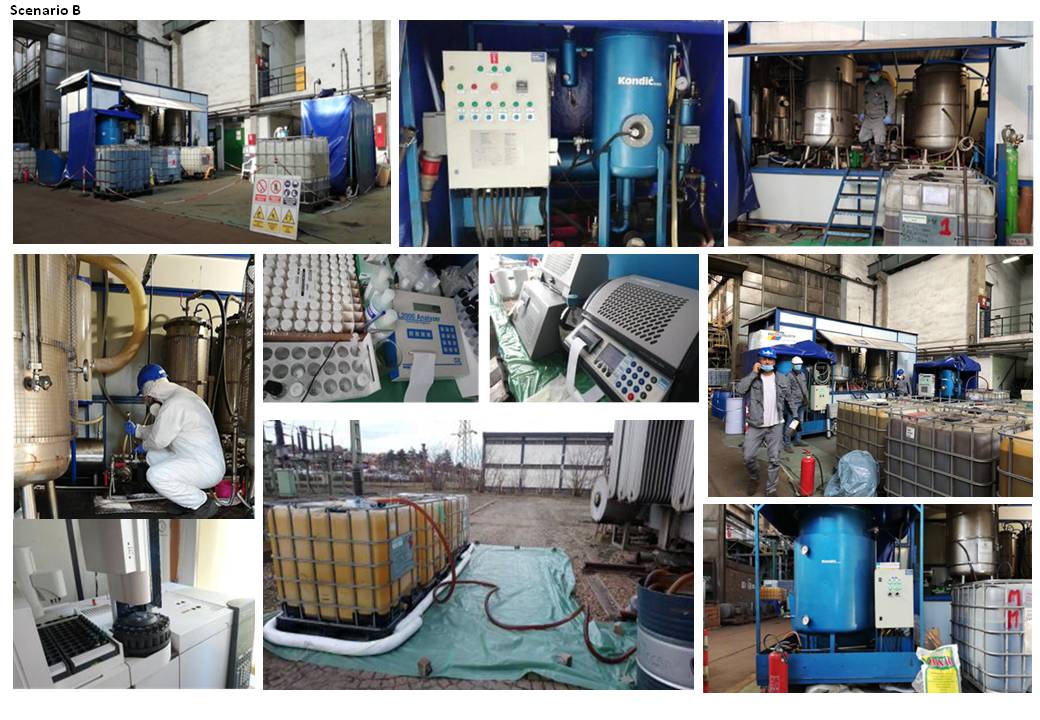
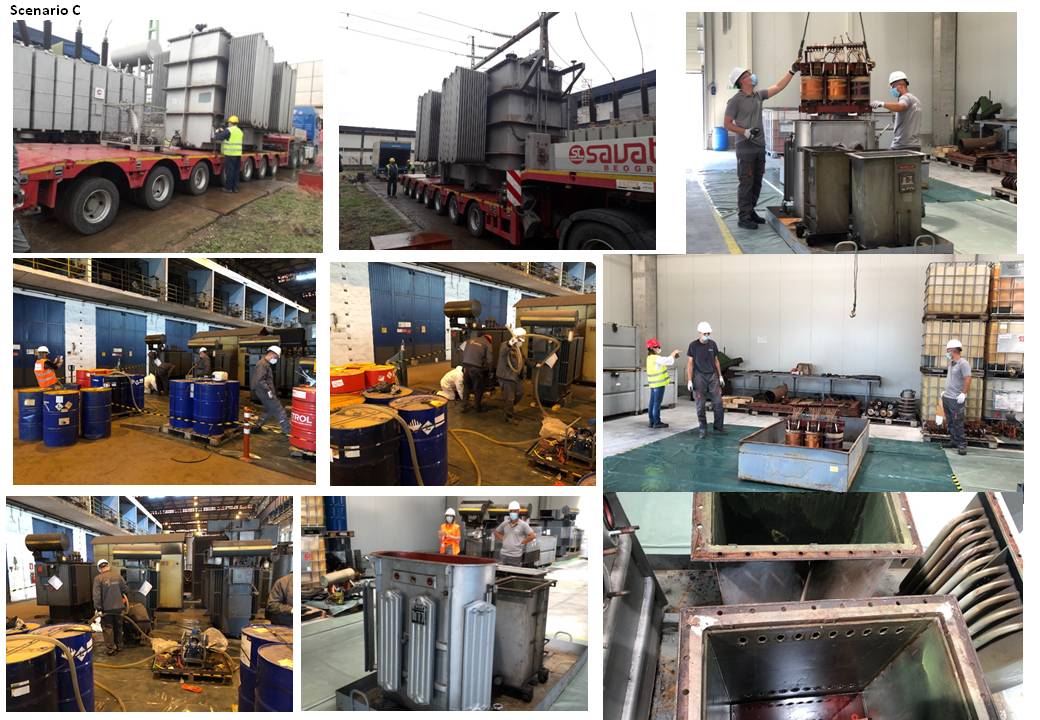
Project activities within Output 4.5 have been extended and the Contract to finally dispose 240 tons of equipment and decontaminate 80 tons of equipment has been signed. The activities are foreseen to be finalized by the end of 2021.
PCBs Serbia
Articles
The aim of this page is to show information on health effects, environmental impact, technical information and general information on polychlorinated biphenyls commonly known as PCBs. The main scope is to inform Serbian audience about National PCB Management Plan, all relevant legal framework and regulations in the Republic of Serbia and worldwide. This web page will help all potential PCBs owners to find all relevant information on technical guidelines, safety procedures, protocols and standard operating procedures for PCBs contaminated oils, equipment and soil, list of services, analytical procedures, laboratories, etc.
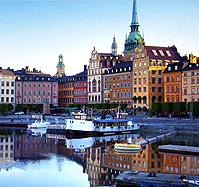
The Stockholm convention
The Stockholm Convention on Persistent Organic Pollutants (POPs) was adopted by the Conference of Plenipotentiaries on 22 May 2001 in Stockholm, Sweden. The Convention entered into force on 17 May 2004.
READ MORE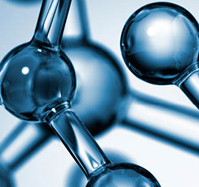
PCBs
Polychlorinated biphenyls (PCBs) are aromatic, synthetic chemicals which do not occur naturally in the environment. They consist of the biphenyl structure with two linked benzene rings in which some or all of the hydrogen atoms have been substituted by chlorine atoms.
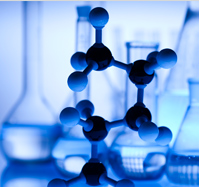
Where PCBs could be found?
PCBs were first identified in the nineteenth century and started being manufactured on an industrial scale in 1929. They were intensively used between 1920 and 1980.
READ MORE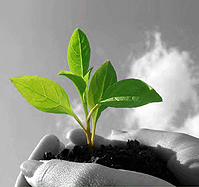
Impacts of PCBs on health and environment
PCBs are identified as persistent, bioaccumulative and toxic (PBT). Because of their persistence, PCBs continue to be found in the environment and contamination from legacy sources remains a problem.
READ MORE
